How to Setup a Plate Carrier in 2025
Plate Carrier Setup
Why you need a plate carrier
A plate carrier is a tactical body armor mounting platform that is worn to protect the wearer from ballistic threats as well as carry mission essential gear. Plate carriers are typically constructed out of a combination of nylon and other synthetic materials and are often worn by military personnel, law enforcement and vigilant civilians in situations where an increased level of defensive and offensive capabilities are required.
3 primary things that plate carriers are used for:
Protecting yourself from being shot in your vital organs
This is why you need armor plates for your plate carrier. There are a lot of options on the market, but we strongly recommend ceramic multicurve standalone plates. Protection level depends on your mission specifics, you can check what rounds each level stops here:

We are often asked about side plates and whether you need them or not. As usual, it depends. If you are going into a high threat situation and you need the added side protection then we highly recommend them. Read how to determine plate size you need and how to wear them correctly here.
Carrying life saving medical equipment
If you are wearing a plate carrier then chances are you are going into a high risk situation where you or the members of your team could be shot or wounded. It is essential that you carry an IFAK on you at all times so that you can provide immediate life saving medical treatment on yourself or the members of the team. An IFAK (Individual First Aid Kit) is a small, portable, and lightweight medical kit designed to allow individuals to provide basic first aid treatment. It typically contains items such as tourniquets, bandages, antiseptic wipes, sterile dressings, gauze pads, trauma shears and gloves. The IFAK should be easily accessible and identifiable so that it can be located and deployed as quickly and as efficiently as possible. This is especially important in high stress situations where every second counts.
When it comes to tourniquets you can never have too many. They can be placed in multiple spots on your kit: Under your dangler pouch if you run one, on your belt, on your plate carrier cummerbund, etc. Make sure to have at least one that you can reach with both hands. The worst thing would be having a tourniquet, but you couldn’t get to it because of an injury.
Carrying ammo and other mission essential gear
A common loadout is between 3 to 6 mags + 1 in the gun. Of course, you should adjust this number if your mission requires more or less ammo. So, where do you put these magazines? A common place for 3 mags is the front of your plate carrier. We recommend using open-top mag pouches like Pincer Placard (if you’re jumping out of helicopters you can get some extra retention with our Jump retention tabs) or an AG3 Placard for easy and fast reindexing.
You can be flexible with other single MOLLE mounted mag pouches: put them on your battle belt or on your plate carrier’s cummerbund, just make sure that they are in a place they are easily accessible and that they do not get in the way of your other gear.
What else you carry depends on your mission set, but some common things to consider are:
Assault packs: This is commonplace to carry a water bladder, snacks, spare clothes, spare ammo and other bigger heavier items like breaching equipment.
Admin pouches: keep all your miscellaneous stuff you need here: maps, multitools, pens, batteries, zip ties, etc. They come in different shapes and sizes so pick one that fits your needs. You can never have enough space to store and organize your small gear items.
Knife: This is a great addition to any plate carrier as a last resort if both your primary and secondary weapons fail or if you just need to spread peanut butter on your sandwich while you are waiting for the helo to pick you up!
Dangler pouches: depending on the dangler you pick, they might be extremely useful for storing medical equipment or breaching gear.
We shamelessly recommend our Six Pack hanger pouch
Final thoughts & general “rules”:
- Try to be as minimal as possible. Every hundred grams added to your loadout will be felt when you carry it for 10 hours straight. Wearing full kit for an extensive period of time is physically demanding so be honest about your capabilities and don’t underestimate the ability to move quickly.
- Test and train while wearing your loadout before using it in action. There are a bunch of things that work well in theory, but don’t work in practice. It is better to find out about them before you put yourself in danger.
- Keep important stuff where you can easily access it
- Try to keep weight distributed evenly throughout the front/back and left/right sides of your plate carrier. Put heavy stuff in the middle, as close to the body as possible.
- Keep the shoulder area as slick as possible or at least make sure nothing interferes with shouldering your rifle.
Examples of a plate carrier setup
Check out different plate carrier loadouts:


3 comments
Thought it came with the connection for the placard stuff.
Johnathan Scharwath
I second the 9mm pouch…ranger green.
Frank
Please announce a 9mm pouch 👝
Yvgeny
Leave a comment
This site is protected by hCaptcha and the hCaptcha Privacy Policy and Terms of Service apply.